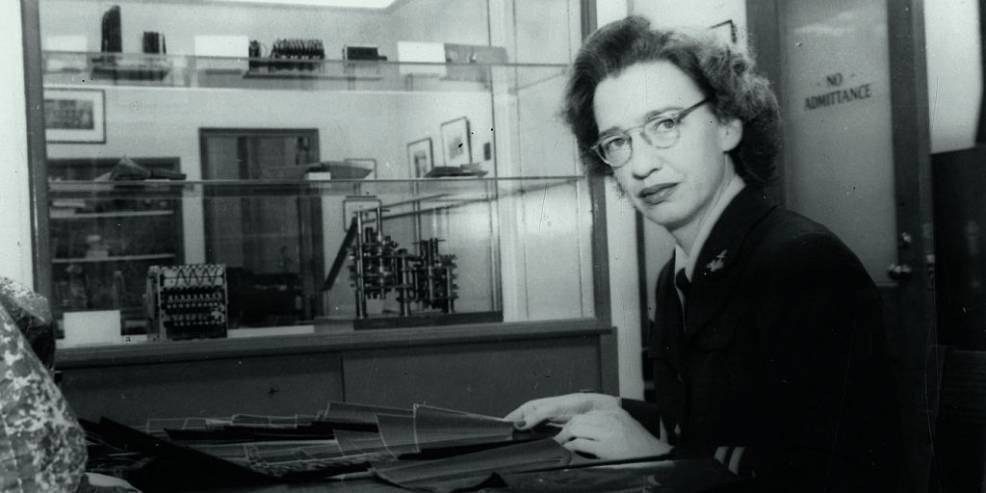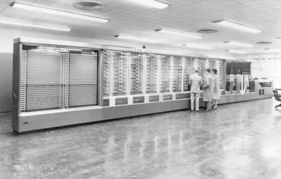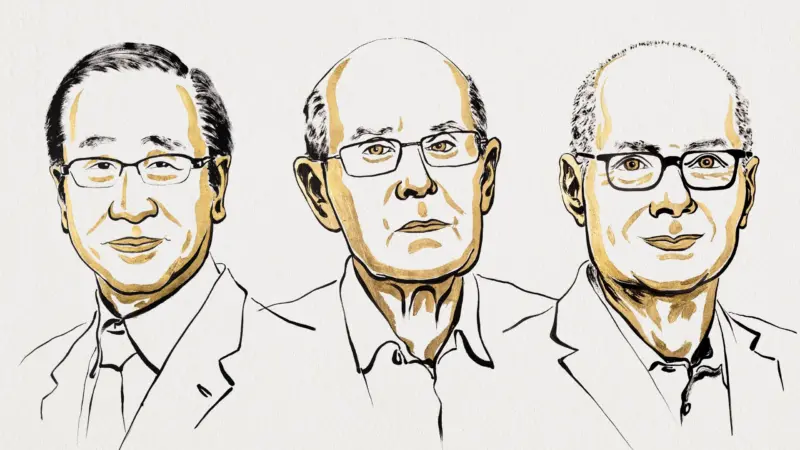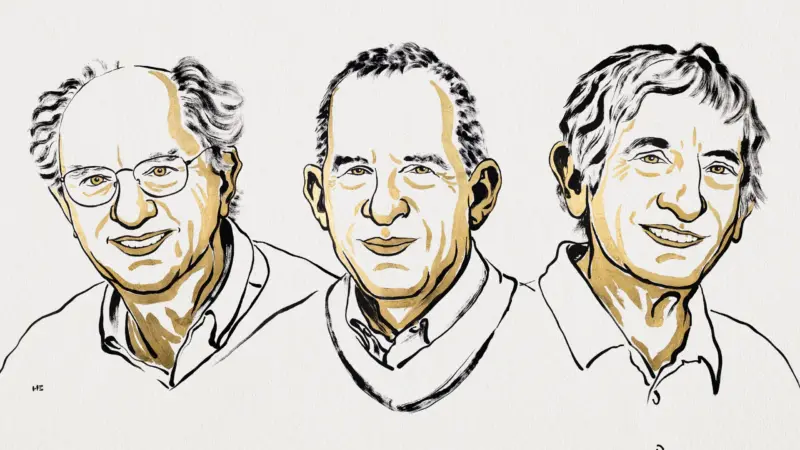Biographical Profile: Grace Brewster Murray Hopper (1906-1992)

Pioneering Computer Programmer and Naval Officer
Grace Hopper, a renowned computer programmer, embarked on her illustrious career in the field of science, technology, engineering, and mathematics (STEM) upon her enlistment to serve in the war effort.
Grace was born in New York City on December 9, 1906, as the eldest of three children. She was raised in a privileged household that placed a high value on education. Her father, Walter Fletcher Murray, worked in insurance, and her mother, Mary Campbell Van Horne Hopper, a housewife with a fondness for mathematics, actively encouraged Grace’s interest in the subject. Grace’s grandfather, a civil engineer, often took her on surveying trips around the city of New York, further nurturing her curiosity.
Early Curiosity and Education
Indulging her inquisitive nature, Grace’s family allowed her to disassemble her alarm clock at the age of seven in an attempt to understand its functionality. However, when unable to reassemble it, her interest led her to disassemble seven more alarm clocks throughout her family’s substantial home. While her mother supported her passion, she advised her to focus on just one clock in the future. Grace later recalled her upbringing as one filled with support from educated family members and a home brimming with diverse books that fueled her insatiable curiosity.
Following her education at the Hardridge School in Plainfield, New Jersey, Grace pursued further studies at Vassar College. She graduated with a degree in mathematics in 1928 and continued her academic pursuits by earning her master’s degree in mathematics from Yale in 1930, and her Ph.D. in 1934. During her time at Vassar, she met and married Vincent Hopper in 1930. After their divorce in 1945, the couple remained childless.
Upon completion of her Ph.D., Grace joined the esteemed faculty at Vassar College. With an ardent desire to revamp the teaching of mathematics at her alma mater, she discarded outdated textbooks, demanded academic excellence from her students, and modernized the curriculum to incorporate the latest physics research.
Transition to Military Service
As World War II raged, Grace felt the urge to actively participate in the war, unlike many of her female peers. She was denied the opportunity due to her essential position, which society was unwilling to lose to other war duties. However, driven to serve her country, Grace confronted Vassar College and eventually granted her a temporary leave to join the U.S. Navy’s WAVES (Women Accepted for Volunteer Emergency Service) division in 1943.
Transitioning into military life significantly altered Grace’s trajectory. Although she felt liberated from the constraints of her former life, the experience was challenging for the 37-year-old Grace, who was older than most of her fellow recruits.
The Mark I and Contributions to WWII
In 1944, Grace was appointed as a Lieutenant at Harvard University, tasked with working on the Automatic Sequence Controlled Calculator, an immense machine designed and constructed by IBM, also known as the Mark I. Her team, which included two colleagues, harnessed the power of this awe-inspiring “beast” to undertake intricate calculations vital to the war effort, including those related to the development of the atomic bomb. Despite being the only woman on the team, her exceptional aptitude for conveying complex concepts resonated with both technical and general audiences. She subsequently earned the respect and admiration of her peers in the male-dominated field of computer science.

COBOL and Post-War Innovations
After the war, Grace declined the opportunity to return to her teaching position at Vassar, opting instead to pursue her fervor for computer programming. She joined the Eckert-Mauchly Computer Corporation as a senior programmer and developed a groundbreaking program called a compiler. Her innovative project defied skeptics and successfully demonstrated that the program enhanced operational speed by streamlining specific commands. This accomplishment laid the groundwork for contemporary programming languages, enabling users with diverse expertise to carry out complex calculations in various fields such as mathematics, science, and engineering. Notably, her collaboration with a group of programmers led to the creation of COBOL (Common Business-Oriented Language) in 1959, which subsequently became the most widely used computer coding language worldwide.
Maintaining her ties with the Navy, Grace served as a reservist and was later promoted to commander, where she played a pivotal role in advancing standardized computer languages for diverse functions. Her tenure with the Navy saw her earn the accolade of “Amazing Grace.”
Grace believed that the structured environment of the Navy shielded her from encountering sexism that she might have faced in civilian life. Her unwavering dedication to her service was further evidenced by her return from retirement, at the Navy’s behest, to enhance their computer programs, ultimately reaching the esteemed rank of Rear Admiral Grace Hopper—the oldest-serving officer in the U.S. Navy at the time.
In addition to her professional contributions, Grace was a fervent advocate for the study of computer science. She consistently encouraged young individuals to consider pursuing such a discipline and passionately engaged in elucidating the intricacies of computers and coding, often utilizing sample wires to demonstrate fundamental theories.
Amidst her quest for knowledge, Grace contributed as a senior consultant with a private company until her passing in 1992. Posthumously, she was laid to rest with full military honors at Arlington National Cemetery, commemorating her exceptional legacy within the realm of science and technology.






